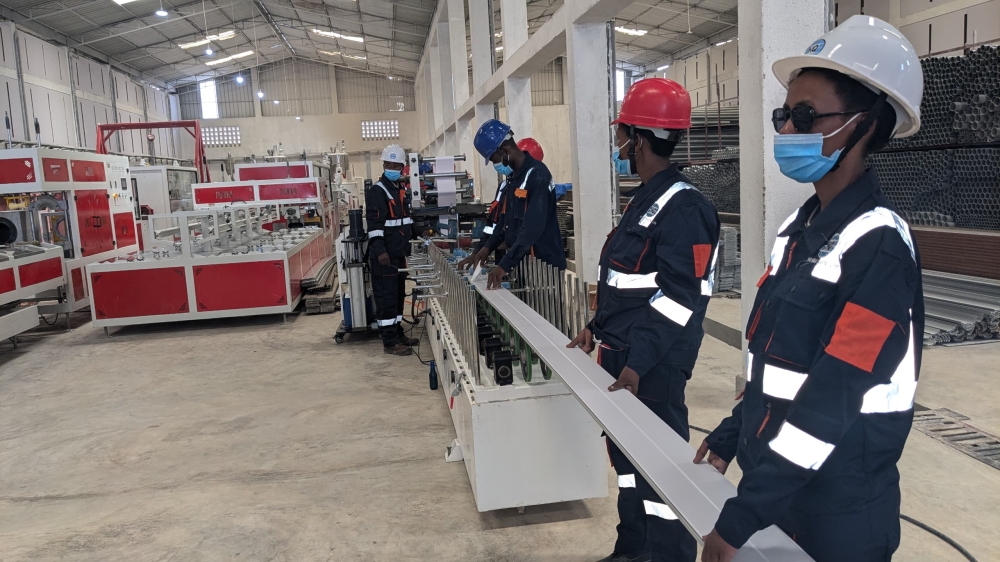DURING the last five decades or so, our parents used small plywood boards as their notebooks. Teachers would illustrate on the then famous black boards as students did practice on their small boards.


DURING the last five decades or so, our parents used small plywood boards as their notebooks. Teachers would illustrate on the then famous black boards as students did practice on their small boards. Keeping notes for future reference was impossible because students had to erase whatever they wrote to create working space for the subsequent lessons.In the medieval days learning was mainly by rote partly because of the fact that the teaching methodology had not evolved and partly because they had no luxury of the technology that we are enjoying today.As the clock ticks to the 2015 deadline for the attainment of the second Millennium Development Goal of achieving universal primary education, it appears that much more should be done other than just implementing the free education for all policy. More investment is required to bolster the quality of classroom instruction if greater results are to be obtained.The current crop of learners needs a different approach to attract their attention and sustain it to make learning experiences more meaningful.In response to the contemporary trends in education, there is a stark shift in a number of teaching tools with the traditional chalk black board being replaced by black walls, flip boards and now white boards.If you thought white boards are the latest state of the art technology in the classroom, wait a minute. Amazing technologies are being introduced every single day.When I follow the latest in the world of technology, I am tempted to have this naïve feeling that some literary characters in a Swahili play called Amezidi exhibit. In the play, a character called Ame resigned from the business of thinking. The reason is as crazy as it is appalling. According to him, "there is nothing remaining for us Africans to think about that Americans, Germans, Japanese and Britons have not thought of. So we just need to sit and let them think for us. We will get donor aid and import their finished products”! This is literature; so do not consume this wholeheartedly.So when shall we import the Smart Boards for our classes and e-libraries? A Smart-Board is made up of a computer, Smart-Board software, an interactive whiteboard and a projector. The Smart Board interactive whiteboard system is made up of a computer with the Smart Board software, a projector and the Smart Board interactive whiteboard itself.The smart board is an ingenious classroom resource with amazing features. You can write on it with a pen, it is touch sensitive and it has a smart notebook. You don’t need a duster to erase what you write on it, you can erase with your palmAlso interesting is its pen tray. If the pens are lost, you can use a ball or a finger to write. The touch response feature enables you to navigate in any direction with the use of your finger. By touching the Smart Board, the user is able to click on buttons, highlight text and drop and drag items right from the Smart Board. The Smart Board can be connected to the computer either wirelessly or through cables. The wireless connection works the same as WiFi or Bluetooth. Connecting through cables can be done with either a USB or serial ports. Using a wireless connection is preferred for larger rooms because it eliminates tripping over twisted cables.Smart Boards come with different options for the screen type and resolution just like choosing a television set. You can either get a flat-panel or projection screen. The additional options for flat-panel are either plasma or LCD. For the projection, you can choose rear- or front-projection screens.The use of the Smart Boards makes learning more exciting and as it engages them in listening and comprehending rather than taking notes.The Millennium Development Goal of universal education will be better achieved with the innovative classroom technologies like the Smart Board.




